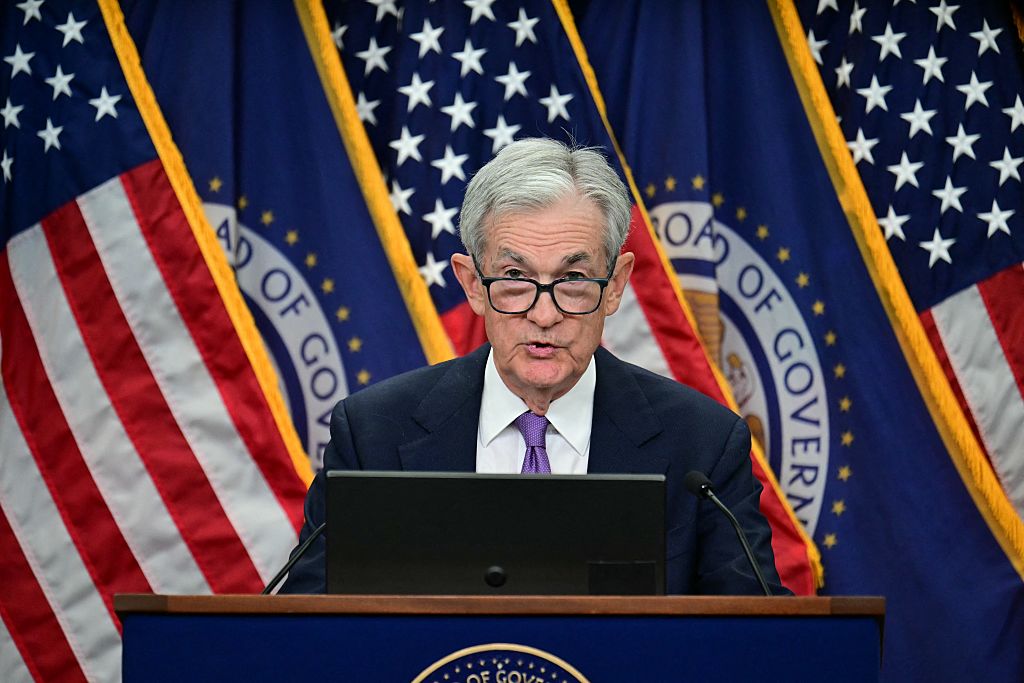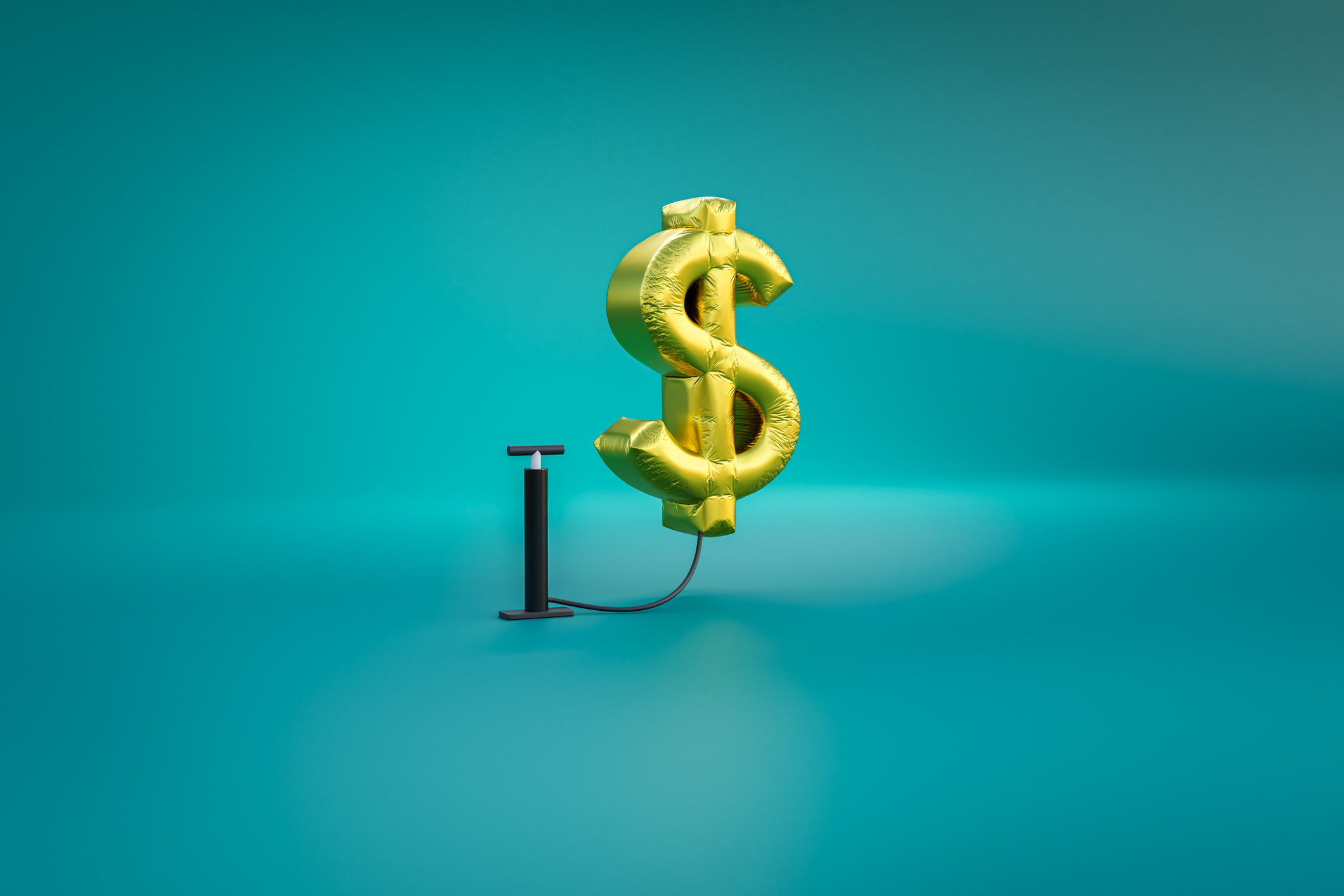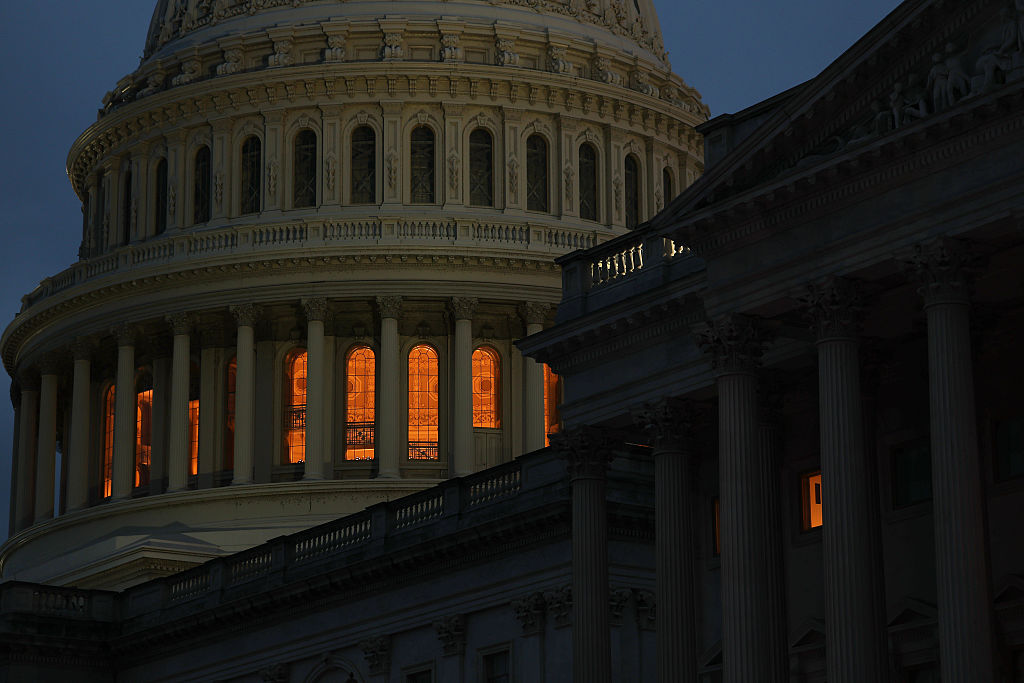Bond Values in a Volatile Market
While the market's instability may not be over just yet, the latter half of the year should be less daunting – and possibly more rewarding – for investors.


Steel yourself for six more months of instability.
The model: In May, the Federal Reserve hiked short-term interest rates by half a percentage point, the most in a single adjustment since 2000, and promised to do it again and again until inflation slows.
Stock prices curiously rallied as long-term interest rates fell back, also generating gains for bonds and bond funds. But after a night to contemplate, the rabble of day traders, debt-and-inflation scolds and Fed cynics undid the gains and then some, in both bonds and stocks. This turbocharged the fears of an extended and all-encompassing decline as oil prices re-escalate, high mortgage rates strangle the housing boom, and jobs, business profits and consumer spending gradually weaken.
From just $107.88 $24.99 for Kiplinger Personal Finance
Become a smarter, better informed investor. Subscribe from just $107.88 $24.99, plus get up to 4 Special Issues

Sign up for Kiplinger’s Free Newsletters
Profit and prosper with the best of expert advice on investing, taxes, retirement, personal finance and more - straight to your e-mail.
Profit and prosper with the best of expert advice - straight to your e-mail.
In such a world, everyone with diversified savings and investments is in zugzwang, the chess player's trap where every possible move makes you worse off. The preventative to that is to find risk-free refuge. I’m seeing one-year certificates of deposit paying 2%. It has been a while since that was on offer. Grab it if you have had your fill of turbulence.
But I am not equating volatility with hopelessness. Plenty of higher-income-paying stuff, despite being in the red so far in 2022, looks oversold. Hence, I forecast better results in the second half among key yield-oriented sectors: taxable and tax-exempt municipals, preferred stocks, utilities, real estate investment trusts (REITs), and corporate bonds rated A and BBB.
The few actual first-half winners are also still safe. Energy investments will continue to thrive, floating-rate funds remain timely, and you can now accumulate two- to five-year Treasuries with respectable coupons. If you are watchful, you will get chances to buy quality bonds, funds and bond-like assets on dips. Don't fret about missed or reduced dividend or interest payments. You are more apt to get a raise.
Most of the Market's Losses May Be Behind Us
After interest rates have risen as they have, and with slower economic growth increasingly likely, I cannot see another two quarters of 10% principal losses in short- and intermediate-duration debt. How much more bond selling makes sense, especially as the yield curve flattens and long-term Treasury rates stop climbing so much?
A bunch of fixed-rate preferred stocks with tax-advantaged dividends are nearly 20% below their $25 par value, and similarly rated issues (around BBB-minus) from such financial luminaries as Allstate (ALL), Bank of America (BAC), Capital One (COF), Morgan Stanley (MS) and U.S. Bancorp (USB) are priced for a current yield at or above 6%.
The rare year-to-date slide in municipal bond prices followed a long spell of outperformance. Now, munis dated 10 years and longer are commonly priced to yield more than equivalent-maturity Treasuries – a buy signal for tax-exempts, and that is before you calculate your taxable-equivalent yield, which may exceed 7%.
The war in Ukraine is a boon for domestic energy investments. A raft of 10- to 20-year issues from oil and natural gas firms, pipelines and related industries, rated investment grade or just below, are priced to yield 5.5% or 6% to maturity, with the possibility of price-boosting credit upgrades.
You get dramatically more value in a number of areas today. That is why I am confident the balance of this year will be less daunting, and possibly more rewarding, than the beginning – at least for discerning investors.
Profit and prosper with the best of Kiplinger's advice on investing, taxes, retirement, personal finance and much more. Delivered daily. Enter your email in the box and click Sign Me Up.

Kosnett is the editor of Kiplinger Investing for Income and writes the "Cash in Hand" column for Kiplinger Personal Finance. He is an income-investing expert who covers bonds, real estate investment trusts, oil and gas income deals, dividend stocks and anything else that pays interest and dividends. He joined Kiplinger in 1981 after six years in newspapers, including the Baltimore Sun. He is a 1976 journalism graduate from the Medill School at Northwestern University and completed an executive program at the Carnegie-Mellon University business school in 1978.
-
 Fed's Rate Cuts Could Have Impacts You Might Not Anticipate
Fed's Rate Cuts Could Have Impacts You Might Not AnticipateUnderstanding how lower interest rates could impact your wallet can help you determine the right financial moves to make.
-
 Past Performance Is Not Indicative of Your Adviser's Expertise
Past Performance Is Not Indicative of Your Adviser's ExpertiseMany people find a financial adviser by searching online or asking for referrals from friends or family. This can actually end up costing you big-time.
-
 I'm want to give my 3 grandkids $5K each for Christmas.
I'm want to give my 3 grandkids $5K each for Christmas.You're comfortably retired and want to give your grandkids a big Christmas check, but their parents are worried they might spend it all. We ask the pros for help.
-
 December Fed Meeting: Updates and Commentary
December Fed Meeting: Updates and CommentaryThe December Fed meeting is one of the last key economic events of 2025, with Wall Street closely watching what Chair Powell & Co. will do about interest rates.
-
 What Fed Rate Cuts Mean For Fixed-Income Investors
What Fed Rate Cuts Mean For Fixed-Income InvestorsThe Fed's rate-cutting campaign has the fixed-income market set for an encore of Q4 2024.
-
 The Delayed September Jobs Report Is Out. Here's What It Means for the Fed
The Delayed September Jobs Report Is Out. Here's What It Means for the FedThe September jobs report came in much higher than expected, lowering expectations for a December rate cut.
-
 October Fed Meeting: Updates and Commentary
October Fed Meeting: Updates and CommentaryThe October Fed meeting is a key economic event, with Wall Street turned into what Fed Chair Powell & Co. did about interest rates.
-
 The Delayed September CPI Report is Out. Here's What it Signals for the Fed.
The Delayed September CPI Report is Out. Here's What it Signals for the Fed.The September CPI report showed that inflation remains tame – and all but confirms another rate cut from the Fed.
-
 Banks Are Sounding the Alarm About Stablecoins
Banks Are Sounding the Alarm About StablecoinsThe Kiplinger Letter The banking industry says stablecoins could have a negative impact on lending.
-
 Government Shutdown to Delay Data, Including Key Jobs Report
Government Shutdown to Delay Data, Including Key Jobs ReportWhile government shutdowns typically don't impact stock returns, they can delay the release of key economic data – including the monthly jobs report.
-
 The Most Tax-Friendly States for Investing in 2025 (Hint: There Are Two)
The Most Tax-Friendly States for Investing in 2025 (Hint: There Are Two)State Taxes Living in one of these places could lower your 2025 investment taxes — especially if you invest in real estate.